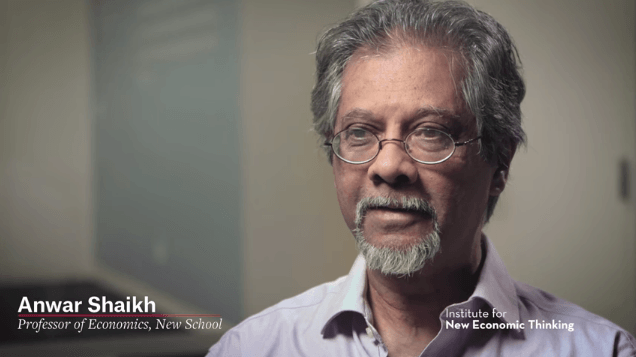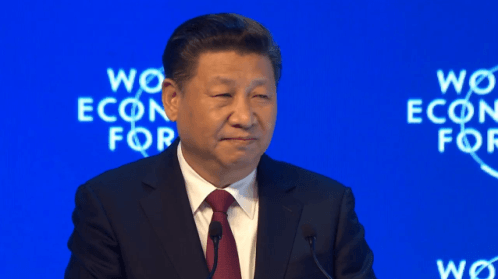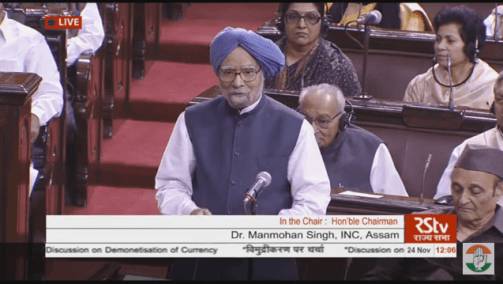Basil Moore passed away yesterday. 💐
Post-Keynesian economics greatly influenced Post-Keynesian monetary theory. Although his work was present in Cambridge Keynesians work, such as Joan Robinson, Nicholas Kaldor, Wynne Godley and Francis Cripps, they didn’t influence the thinking on monetary matters as much as Moore did with his great book Horizontalists And Verticalists — The Macroeconomics Of Credit Money.
He does recognise Kaldor’s work in that book:
The obvious lesson to be learned from the experience with the General Theory in the past fifty years is that .. revolutionizing the way the world thinks about economic problems” is an enormously difficult task. In spite of the mountains of Keynesian exegesis that has been produced, Nicholas Kaldor was the sole English-speaking economist of the first rank to have endorsed what is here termed the Horizontalist position (1970, 1981, 1982, 1983, 1985a, b). This book represents my attempt to enlist the support of other scholars in what has at times seemed a quixotic crusade by a member of the lunatic fringe against the prevailing orthodoxy.
I regret not having met him. My only interaction was to ask him via email, where I can buy his book Horizontalists And Verticalists because it cost $450 on Amazon at the time! He didn’t know but replied recommending his book Shaking the Invisible Hand: Complexity, Endogenous Money and Exogenous Interest Rates. But later I managed to get the book. He also said that
It was my attempt to introduce endogenous money into the Macro literature, but no one has heard of it since the mainstream never reviewed it. (They gave H&V to Phil Kagan, a leading Monetarist, who didn’t much like it, but at least it was reviewed.
Noechartalists will be surprised to know that Moore also endorsed Chartalism in his 1988 book:
[page 8] Soft or fiat money refers to unbacked paper or token coins. It maintains its value because it is legally tenderable (by fiat) in settlement of debts and taxes.
…
[page 18] Currency (fiat money) is the physical embodiment of the n,onetary unit of account (numeraire) defined by the sovereign government. It is a sure and perfectly liquid store of value in units of account. It is legal tender for the payment of taxes and for the discharge of private debt obligations enforceable in courts of law. In consequence it is generally accepted as a means of payment.
…
[page 294] Money of any kind allows the breaking of the barter quid pro quo that is imposed by lack of trust and for which money is not a substitute. Even though intrinsically worthless, money is acceptable to me provided that it is also acceptable to you and to everyone else. Trust in money now comes from government guarantee of its acceptability as legal tender. “Today all civilized money is beyond the possibility of dispute, chartalist” (JMK, 5, p. 4).
…
[page 372] Fiat money represents a bridge between the world of commodity money and credit money. In its liquidity characteristics it is virtually identical to commodity money, except that it is chartalist.
There were many places I disagreed with Moore. I don’t think he was a fan of the use of expansionary fiscal policy. I don’t know why he claimed that the Keynesian multiplier doesn’t exist. But as Geoff Harcourt says in the foreword to the book Complexity, Endogenous Money and Macroeconomic Theory — Essays in Honour Of Basil J. Moore:
But, important as these contributions have been, Basil has influenced many other topics, sometimes by his innovative thinking, sometimes by being the irritant that has led other oysters to create pearls of their own. Especially is this true of his highly individual approach to the true meaning of the Keynes–Kahn–Meade multiplier concept and also to the validity of Keynes’s concept of effective demand as presented in The General Theory. Basil has made us think anew about our understanding of the natures of saving and investment, their relationship to each other, to the concept of an under-employment rest state, and also of the relationship of the macroeconomic income and expenditure accounts, balance sheets and funds statements to the behavioral relationships originally developed by Keynes and his followers. To sometimes disagree with Basil’s arguments is not at all to detract from the great stimulus he has provided for fundamental rethinks of basic, central, core concepts and relationships.
Post-Keynesian Economics has lost a giant. R.I.P., Basil Moore.



